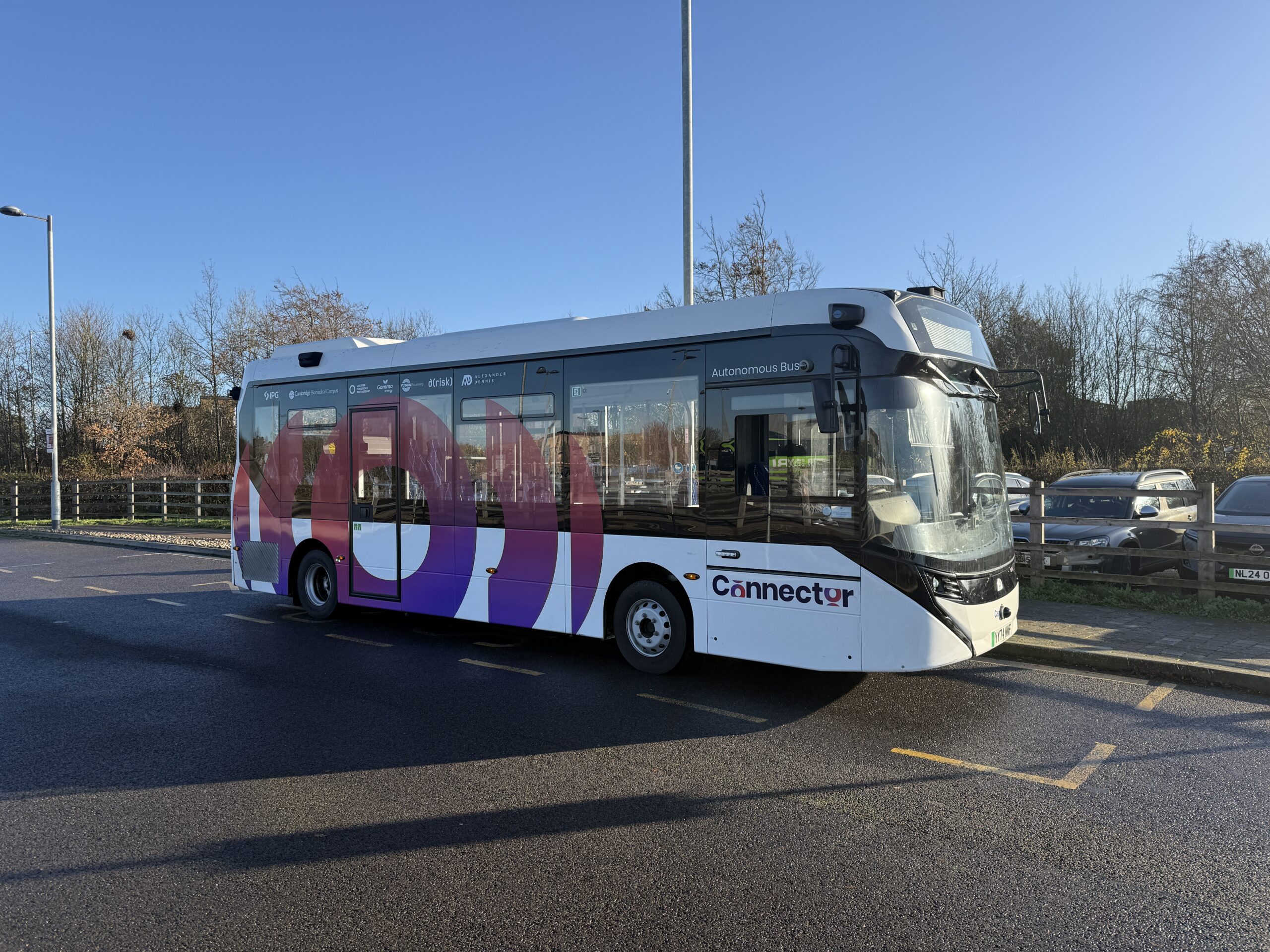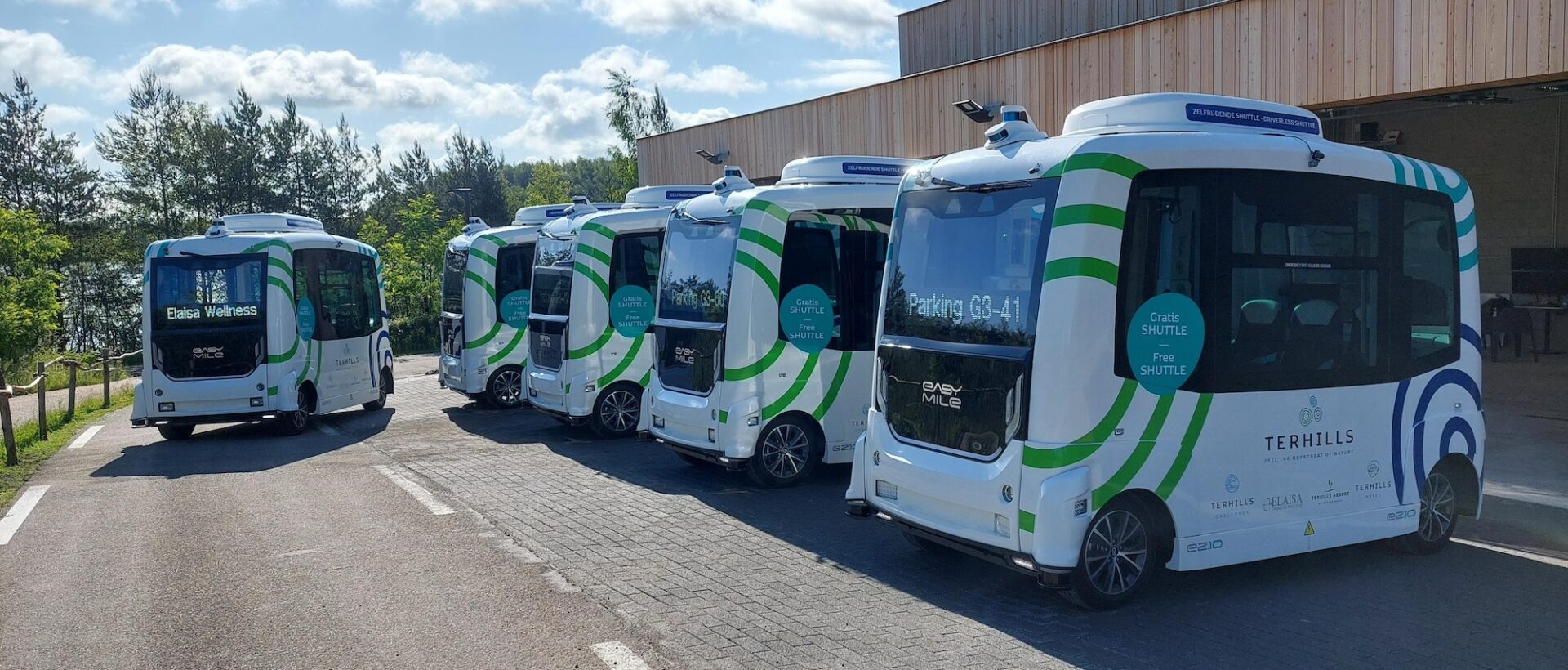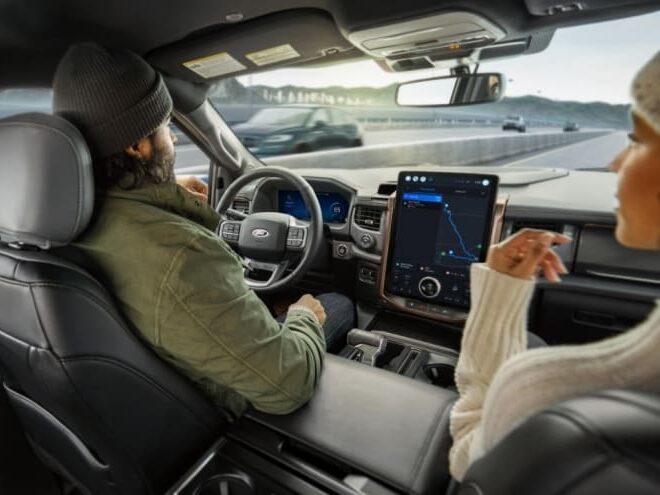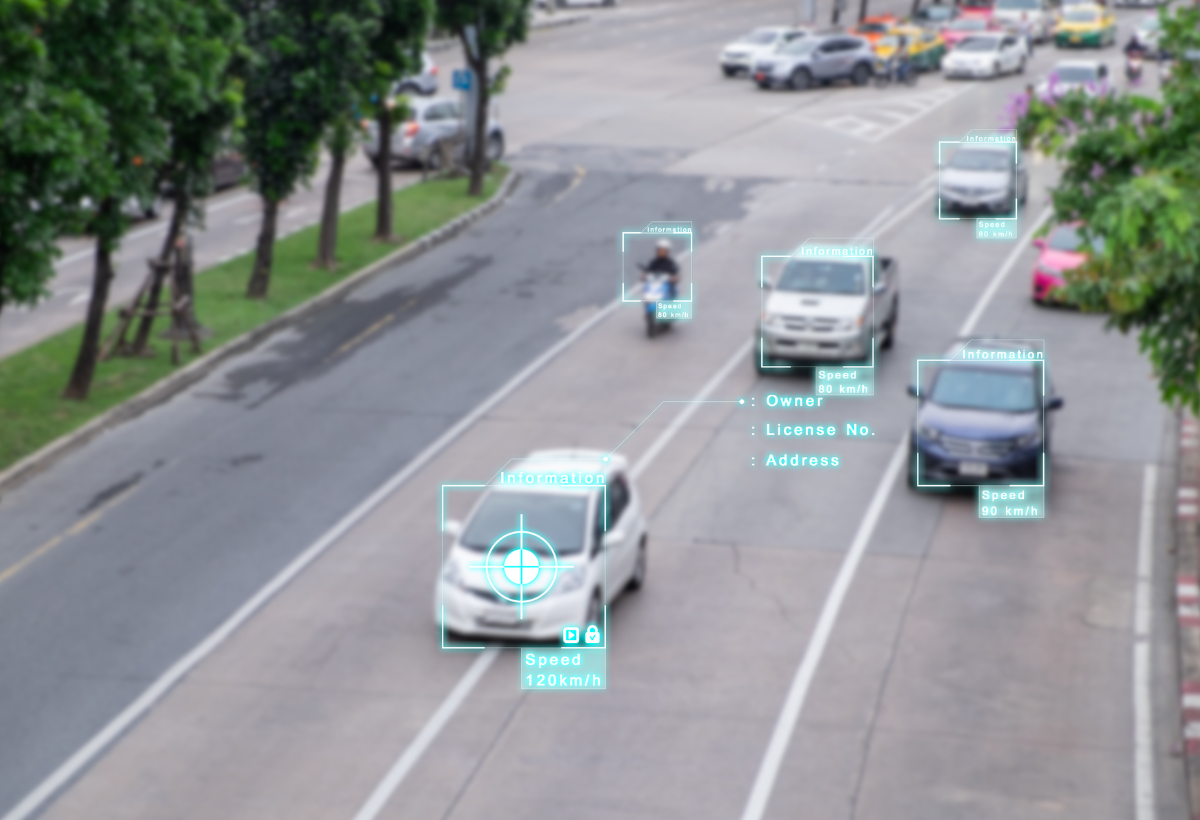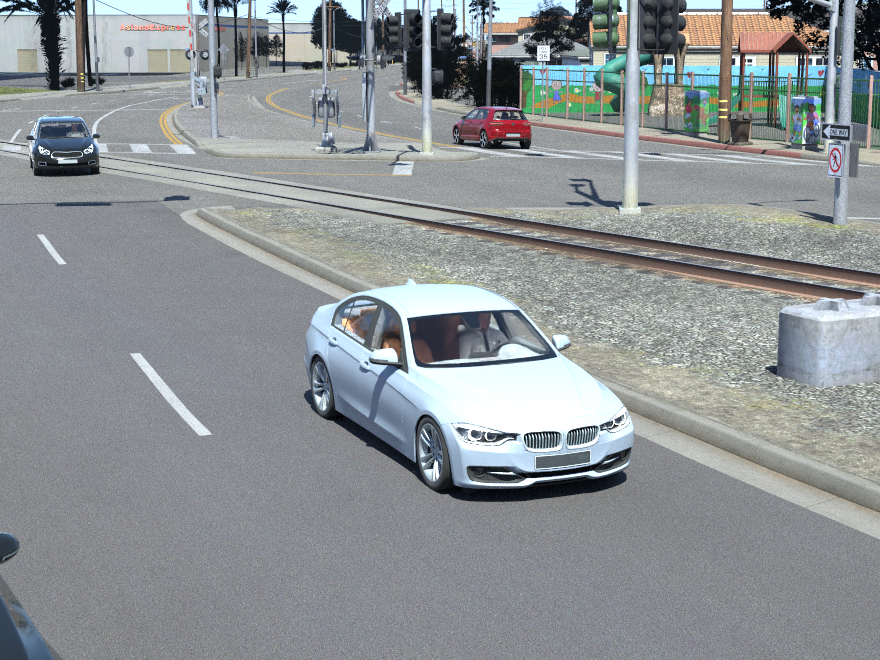As cars become smarter and more automated, driving is correspondingly set to become safer and more convenient. From 21-23 May, AutoSens Detroit explored the latest developments and use cases in this sector and assessed how technologies can improve the driving experience for end users.
Currently, parking is considered a significant inconvenience for many drivers, as it can be both costly and time-consuming. In addition, parking has an adverse impact on many urban areas. According to the Parking Reform Network, cities across the US dedicate an average of 26 percent of their city centres to parking. In Detroit specifically, 31 percent of central city space is used for parking.
Fully autonomous vehicles could reduce this demand and allow valuable city centre space to be used more productively by complementing public transport networks or by dropping off passengers and finding alternative locations to park.

What’s more, prior to fully autonomous vehicles becoming a scalable reality, Automatic Park Assist features can also help enhance the process of parking.
Indeed, challenges associated with parking currently contribute to increased congestion and transport emissions while human drivers look for and attempt to park in a space. Park Assist systems can thus mitigate these impacts by enabling cars to park more safely and efficiently, while requiring less space to do so.
Specifically, Park Assist features on cars with Level 2 autonomy can scan for a parking space and independently steer the vehicle into it while shifting, braking and accelerating where needed.

Nodar
To successfully realise these benefits, Leaf Jiang, CEO & Founder of NODAR asserted that Park Assist systems need to be more reliable than at present. During his keynote speech at AutoSens, Jiang noted that currently, these features tend to rely on ultrasonic sensors placed around the car. In addition to causing potential problems with aesthetics, these sensors can be unreliable in various weather conditions and are limited in their range and field of view.
In contrast, Jiang claimed that NODAR’s Hammerhead™ advanced stereo vision solution can provide a more reliable parking solution using 360˚ 3D data. This system has a greater range and can detect smaller objects, so is able to navigate more complex parking scenarios.
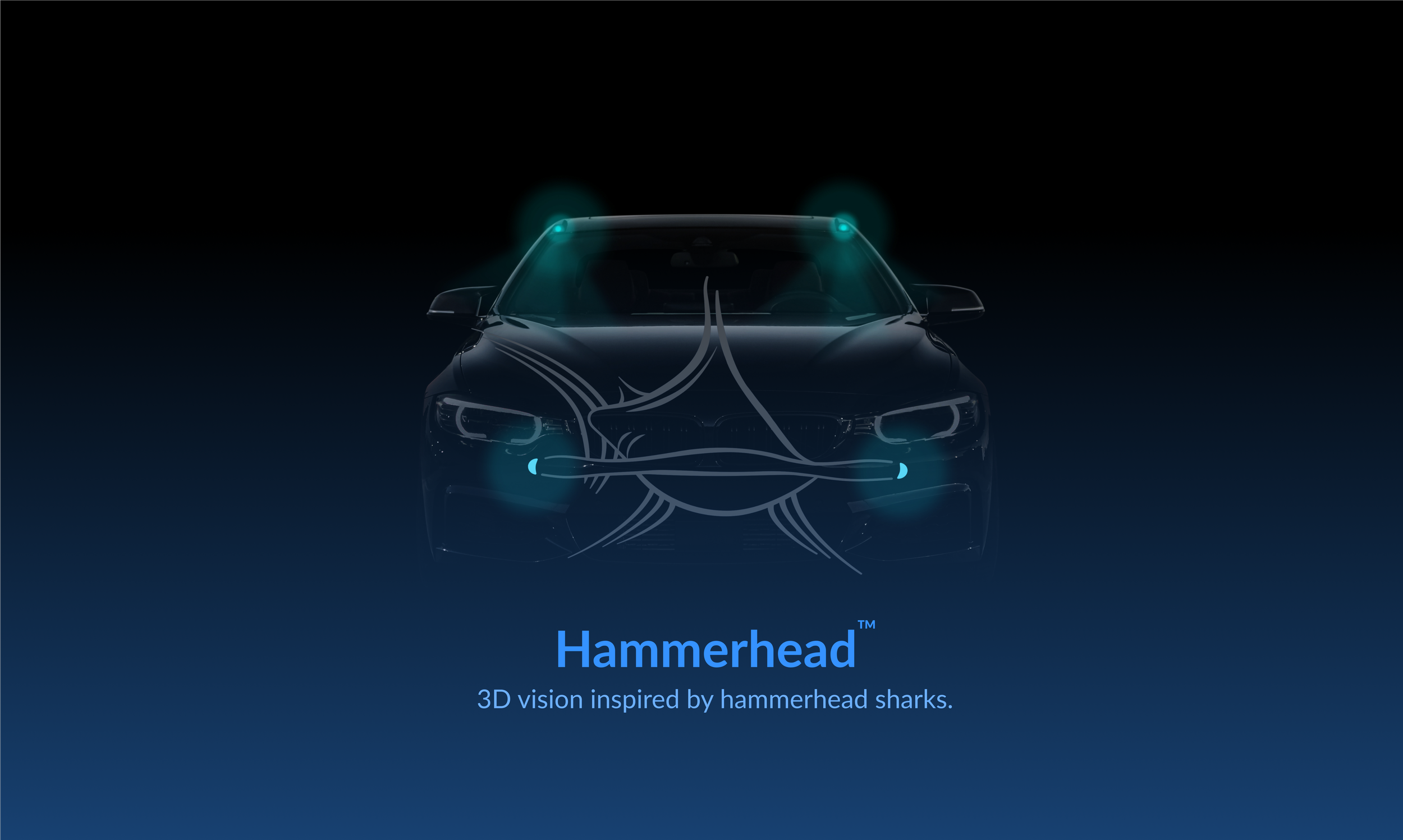
Texas Instruments
Furthermore, Justin Weeks, Product Marketing Engineer and William List, Field Applications Engineer at Texas Instruments presented the benefits of using radar in automated parking systems. Unlike ultrasonic sensors, Texas Instruments’s millimeter-wave (mmWave) radar sensors are accurate, reliable and resistant to weather conditions.
Although radar sensors are typically more expensive than ultrasonic sensors, with its AWRL1432 low-power, single-chip radar sensor, Texas Instruments has developed a lower-cost option optimised for short-range applications such as parking.
In addition to aiding with parking, these sensors can be used for features such as perimeter detection. This enables the sensors to wake up from sleep mode and prompt a response if a threat is detected around the car. Weeks and List therefore argued that applying a multi-use sensor for the parking system can help deliver connected solutions on cars that are scalable, rather than overly complex.
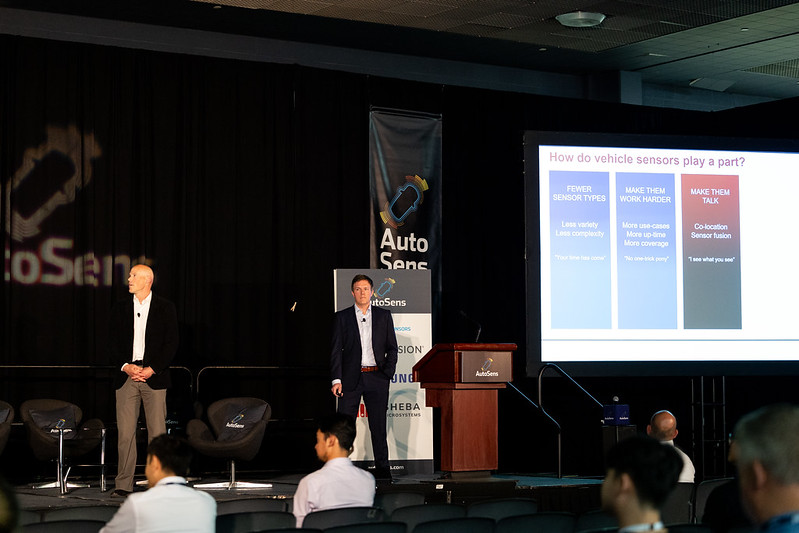
Hyundai Mobis
During her keynote speech at AutoSens, Berveleen Mashonga. Product Manager at Hyundai Mobis, further highlighted the potential for smart parking systems to enhance parking practices. Indeed, she noted that in Europe, vehicles are becoming larger, but parking infrastructure remains restricted by space, with roads and garages typically narrower than in the US.
As a result, this technology is not only useful for people parking in unknown locations and tight spaces in city centres but can also be used for everyday tasks such as parking in one’s own garage or designated spot at home.
In recognition of this demand, the latest Mobis Parking System includes the Memory Parking Assist (MPA) feature. This allows a driver to perform the parking path in learning mode, so the vehicle can then autonomously park in the same spot in the future.
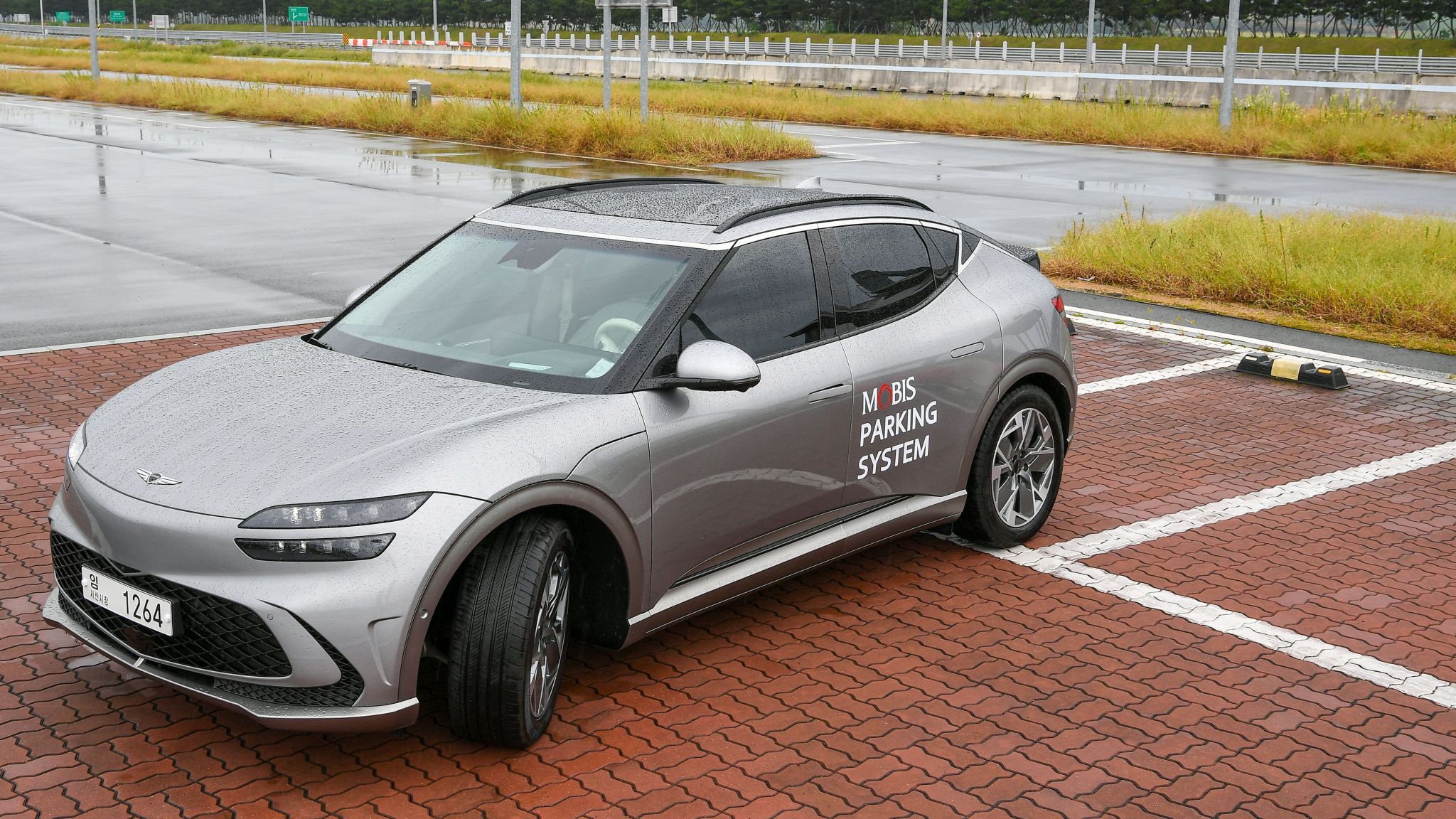
Automated Valet Parking
The solutions presented at AutoSens have the potential to transform parking into a Level 2 or Level 3 automated manoeuvre, where the driver is still required to be in the vehicle to take over if needed.
In order for the driver to no longer be present in the vehicle, Level 4 autonomy would be required. However, Jiang predicted that this possibility will not be deployed at scale in the short term. Likewise, Mashonga noted that automated valet parking is in the works for Hyundai Mobis, but has not yet been fully developed.
With this consensus, Level 4 automated parking is unlikely to see a widespread rollout in the near future.
Be this as it may, automated valet parking has been commercially available since 2022, when an automated parking system designed by Bosch and Mercedes-Benz was deployed in the P6 parking garage at Stuttgart Airport. What’s more, at CES 2024, Bosh showcased the potential to extend this capability to incorporate autonomous valet charging for electric vehicles.
The expectation that automated parking capabilities will continue to expand is thus not unfounded, offering growing levels of convenience to drivers and greater flexibility in how parking needs are accommodated.
As a result, the solutions showcased at AutoSens to improve and extend the abilities of Park Assist systems represent key developments in an evolving industry.





